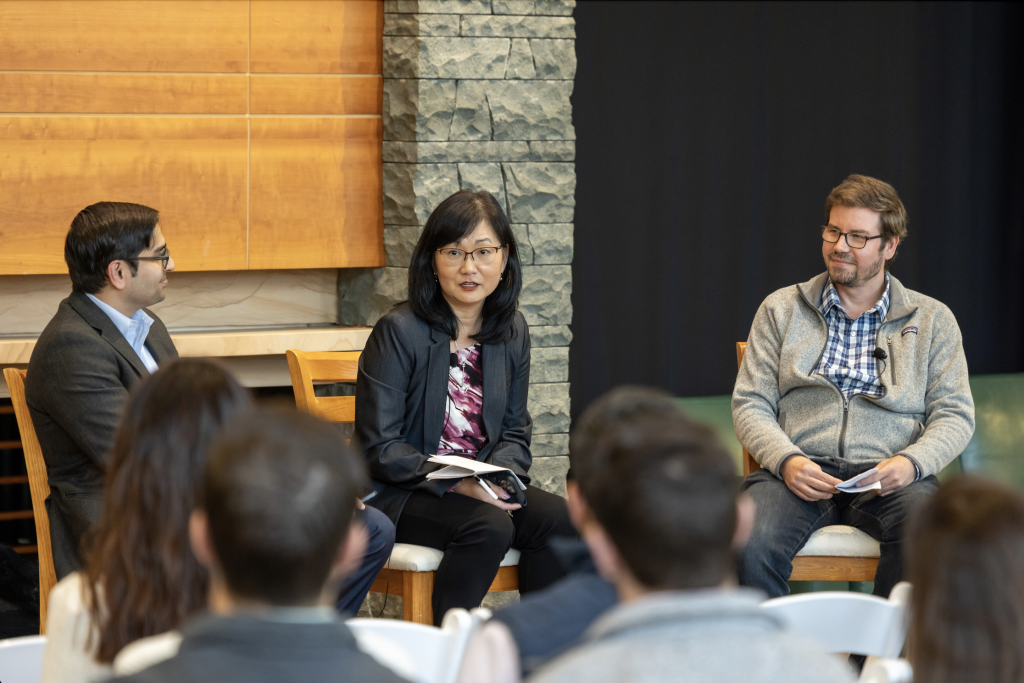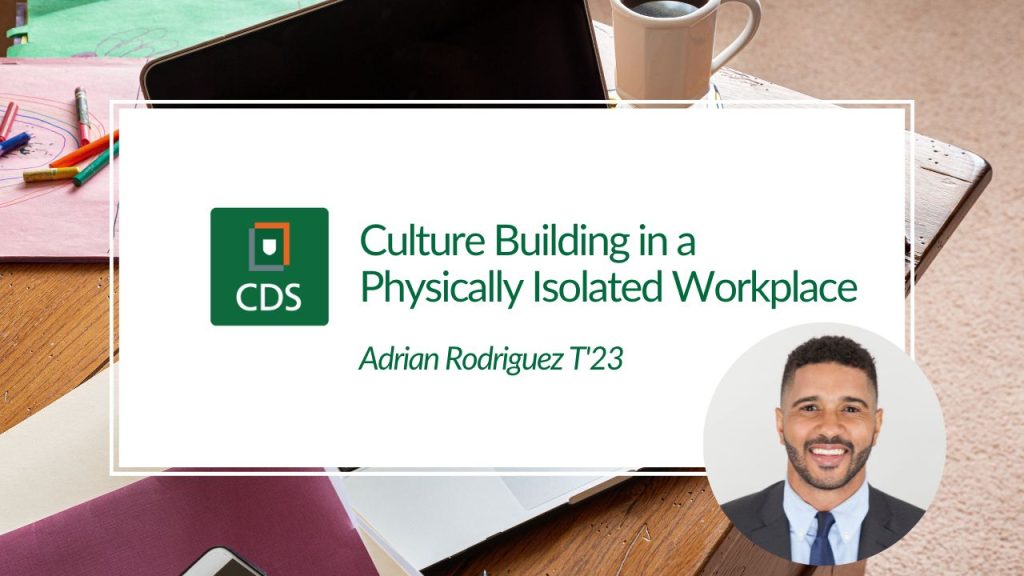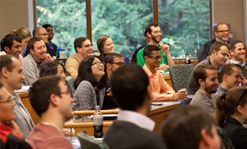The Future of Education might be Khan Academy
June 14th, 2018Topics: Future of Work Talent & Workforce
Instead of just mindless entertainment, watching YouTube videos occasionally results in me learning something interesting. We at the Center for Digital Strategies talk quite a bit about the Future of Work, and those discussions often lead to conversation about the Future of Education, because our current K-12 education system was designed to produces citizens and workers in the industrial era, which does not offer sufficient preparation for the digital age. Over the weekend, I was fascinated to learn about Khan Academy, which offers really well-done on-line lessons and practice exercises on a variety of K-12 topics. The innovation is coming from Khan Academy is changing k-12 education in two ways.
The first change is a paradigm shift:
From – The fixed component of K-12 education is the amount of time spent on teaching any topic, with the variable component being how much of the topic each student learns
To – The fixed component is each individual student achieving mastery, with the variable component being time.
In the current paradigm, the teacher teaches all students a topic for a set number of days, and then tests them. Some learn 100%, some 90%, and all the way down. Even those who learned 80% or 90% still have some gaps in understanding, which is an incomplete foundation for proceeding to the next topic. In the Khan Academy paradigm, each student learns at his or her own pace, not moving on until they have mastered the topic.
The second change is:
From – Teacher lecture, with little time for individualized help.
To – Each student learning at their own pace, which frees teachers up to help students when they are stuck. The Khan Academy contains excellent instructional videos, practice exercises, and adaptive technology that identifies strengths and learning gaps, all of which provide a complete learning experience, freeing the teacher from lecturing, and freeing the teacher to help individual students help where and when needed.
In addition, the teacher can ask some of the better students to work with their peers who need help, further enabling the teacher to help those that need it most. And we all know helping someone understand a topic benefits the helper by cementing their understanding of a topic.
Outcomes:
1 – Students achieve mastery before moving on, benefiting both the student and their future employers.
2 – Khan Academy’s analytics have demonstrated that by enabling each student to achieve mastery at his or her own pace, a significant number of students who start out slow then accelerate to be above average or even at the top of the class. Our current education system can label those slow starters as poor learners early on and never enable them to accelerate to their potential.
demonstrated that by enabling each student to achieve mastery at his or her own pace, a significant number of students who start out slow then accelerate to be above average or even at the top of the class. Our current education system can label those slow starters as poor learners early on and never enable them to accelerate to their potential.
3 – Teachers end up doing what they like best: helping their students learn and progress.
4 – Students are excited to come to school to learn, because in place of the pressure of time constraints and tests, they experience the satisfaction of mastering each subject utilizing a variety of tools: video explanations, examples, engaging exercises, receiving and giving help to fellow students, and individual attention form their teacher.
To learn more, and possibly get as excited as me about Khan Academy, go onto YouTube, and search for (safer than giving you a link):
Let’s teach for mastery – not test scores (This is a TED talk)
Khan Academy: The future of education?











